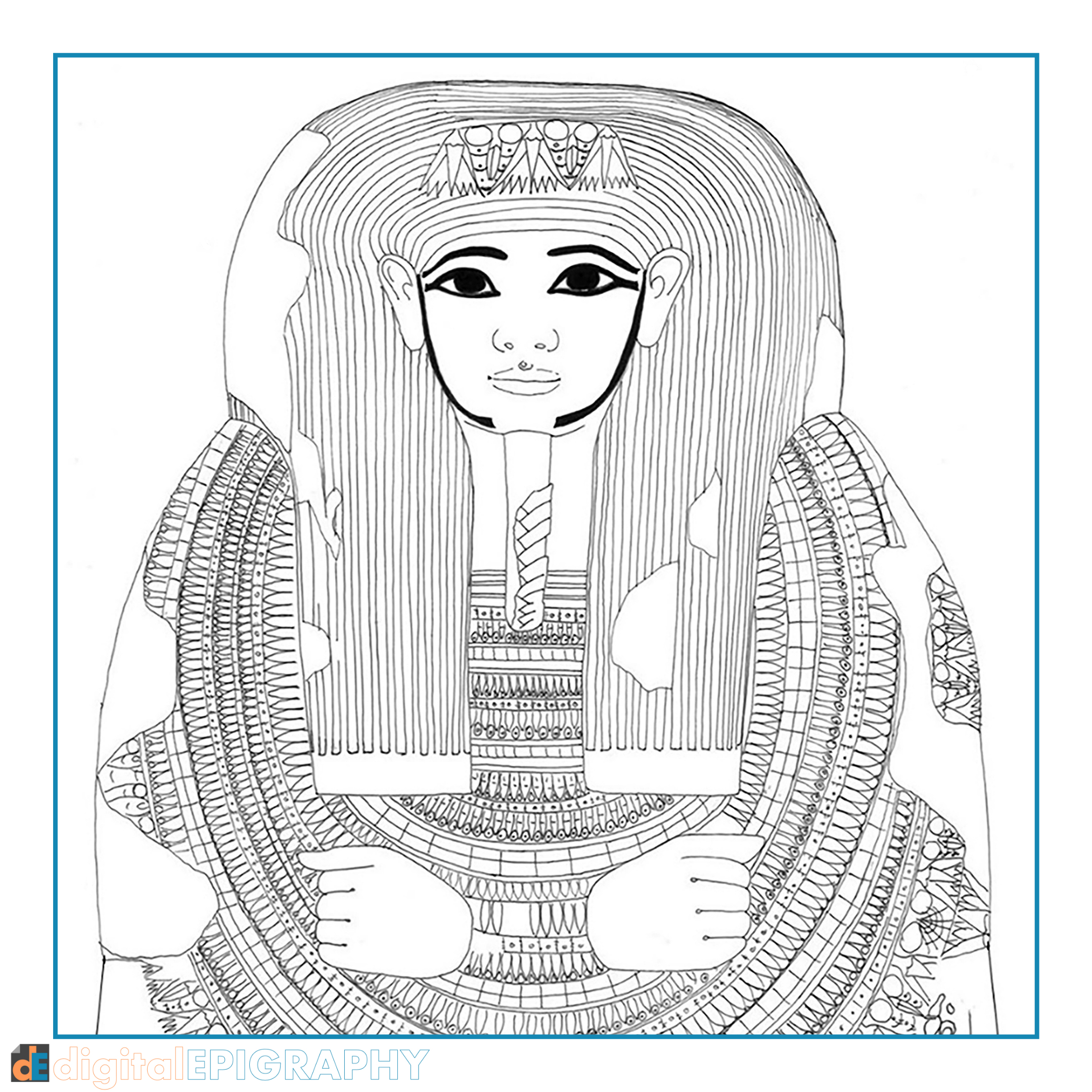Anonymous Outer Coffin from the Cache of Bab el-Gasus in the Visual Interpretation of Rogério Souza

"Egyptian anthropoid coffins are fascinating objects for a variety of reasons. Regardless of the perspective through which we see them, they stand out as unrivaled sources for research, either in terms of craftsmanship materials and techniques or in design, iconography, and texts."
In digitalEPIGRAPHY's latest case study, University of Lisbon Egyptologist and researcher of the Gate of Priests Project Rogério Sousa provides an excellent example of dedication and passion in matching up one's documentation skills to the ancient works of art.
The author was entrusted with producing a catalog of the coffin sets of the so-called "Eighth Lot of Antiquities" from Bab el-Gasus in 2009. The collection in his focus, containing the undisturbed burial sets of 153 priests and priestesses of Amun from the 21st Dynasty, was given to the Egyptian authorities in 1893, just two years after being discovered by Eugène Grébaut and Georges Daressy.
Due to the sheer size of the find, a decision was made to offer some of these antiquities to Egypt's countries with diplomatic relations. In 1893, when the young khedive Habas II Hilmi was crowned, 17 lots of antiquities were prepared and shipped to the respective countries. The Portuguese Lot was entrusted to the Sociedade de Geografia de Lisboa, including five anthropoid coffins and three mummy covers - providing the main focus of Rogério's research.
If you'd like to know how these exquisite "yellow" coffins were studied and visually interpreted by the author, click here to read the full article.
This post was originally released as part of digitalEPIGRAPHY's growing Instagram collection. If you'd like to see our latest photos as soon as we post them, please follow us on Instagram.
Back to Gallery




